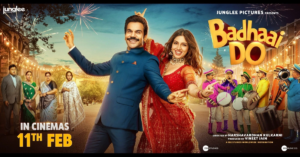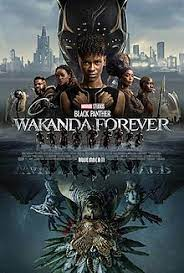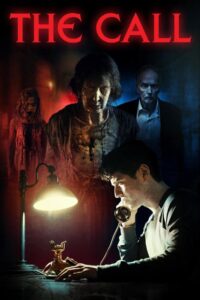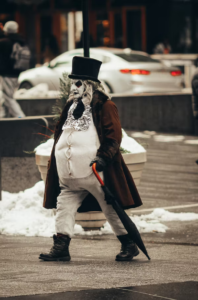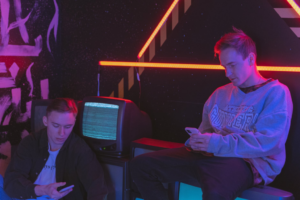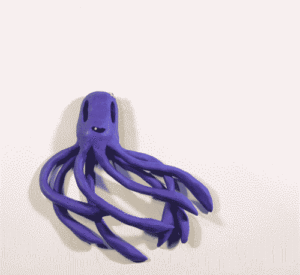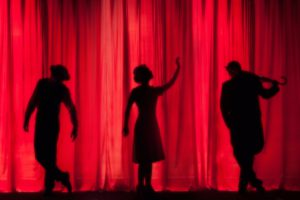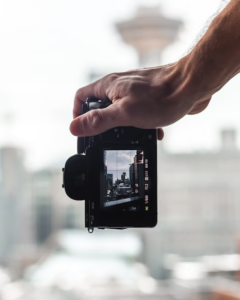Practical effects or in-camera effects are visual effects created by hand using props and special equipment.
Practical effects are the original special effects, as they existed before digital technology tools.
Some of the common tools filmmakers use for practical effects include:
- Wind and rain machines
- Squibs
- Radio-controlled vehicles
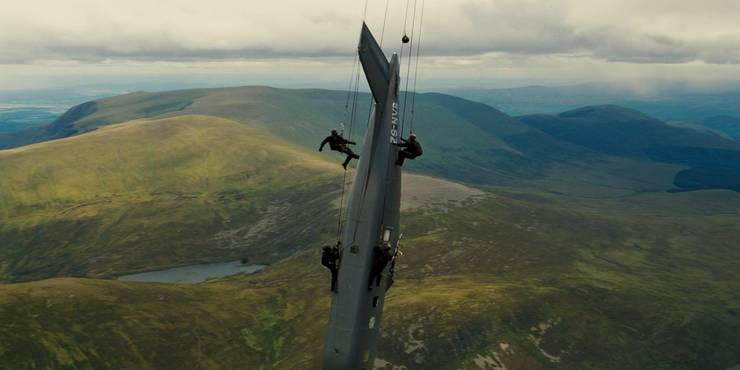
Image via ScreenRant
- Puppets
- Miniatures
- Mirrors

Image via PremiumBeat
- Matte paintings
- Stop-motion animation
- Pyrotechnics
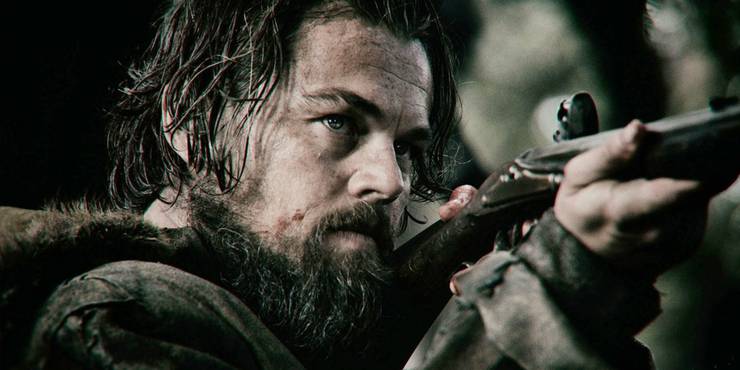
Image via ScreenRant
- Breakaway furniture, windows, and walls
- Tilting and shaking platforms
- Make-up
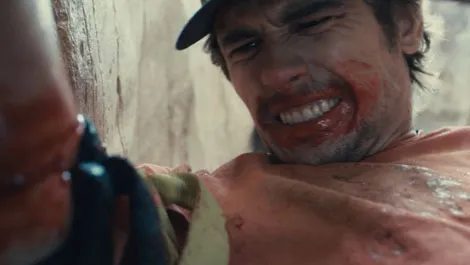
Image via GamesRadar
- Prosthetics
- Blue screen/green screen

Image via GamesRadar
Filmmakers also use different filming techniques for practical effects. Some of these techniques include:
- Forced perspective
- Optical compositing

Image via PremiumBeat
Why Use Practical Effects?
Filmmakers typically choose practical effects because they look more realistic than computer-generated imagery (CGI).
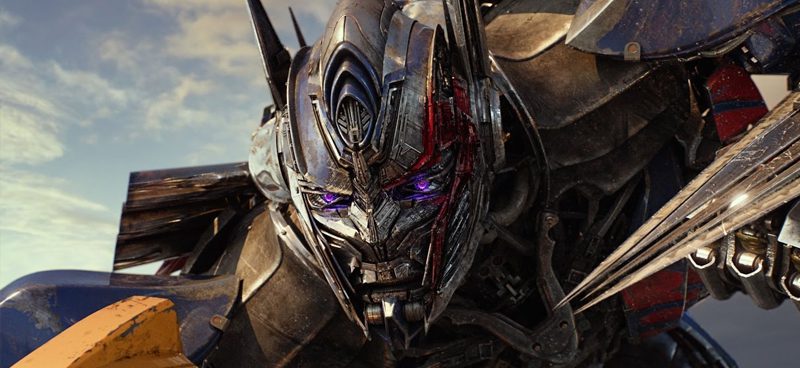
Image via Paramount Pictures
CGI has become more realistic over time, but this technology rarely looks as authentic as practical effects. The difference in realism becomes more pronounced on high-definition screens.
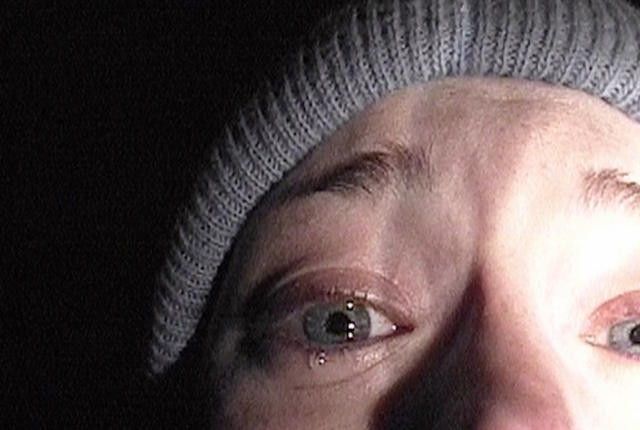
Image via No Film School
Since practical effects use physical items, they can also enhance actors’ performances. Most actors find interacting with physical items much easier than imagining them, as is required with CGI. Their enhanced performances add another degree of realism to any film.
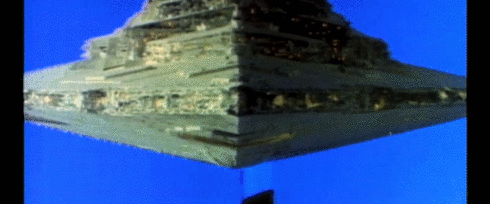
Image via PremiumBeat
Examples of Practical Effects
Assessing the way top filmmakers use practical effects helps you understand these effects better. These are some of the most impressive practical effects.

Image via PremiumBeat
“King Kong” (1933): The Great Ape
The eponymous ape in “King Kong” looks imposing, but it was actually just 18 inches tall. This small model was crafted from aluminum and latex covered in rabbit fur.
 Image via GamesRadar
Image via GamesRadar
“The Wizard of Oz” (1939): Colorful World of Oz
The saturated colors of the Emerald City don’t exist anywhere on Earth. Since they couldn’t find a real location that looked right, cinematographers created one with matte paintings.
“Jason and the Argonauts” (1963): Jason’s Fight with Skeletons
Stop-motion animation dates back to the late 1800s, but its cinematic potential wasn’t explored until animator Ray Harryhausen worked on “Jason and the Argonauts.”
He used small model skeletons for the iconic scene.

Image via PremiumBeat
By moving their appendages just slightly in each frame, Harryhausen made it seem the skeletons were continuously moving in battle.

Image via Den of Geek
“2001: A Space Odyssey” (1968): The Gravity Jog
A giant hamster wheel rotated around the camera for this scene in Stanley Kubrick’s masterpiece. This ambitious prop made it seem Dr. Bowman was jogging all around his spaceship.

Image via GamesRadar
“Jaws” (1975): Shark Attack
Experts told Steven Spielberg building an animatronic shark that worked in the ocean wasn’t possible, but he wouldn’t listen. Believing he needed this shark for realism, he enlisted the help of Robert A. Mattey, who built the giant squid for “20,000 Leagues Under the Sea.”
The special effects expert came out of retirement to create the $250,000 shark. It was far from perfect though, with several faults blowing out the filming time. Ultimately Spielberg used glimpses of the shark and the menacing score to build suspense.
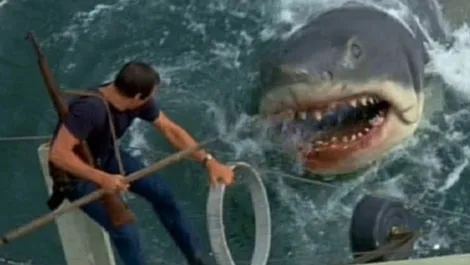
Image via GamesRadar
“Star Wars: A New Hope” (1977): The Trench Run
George Lucas used small models of the Death Star and Luke Skywalker’s X-Wing in this exhilarating scene.
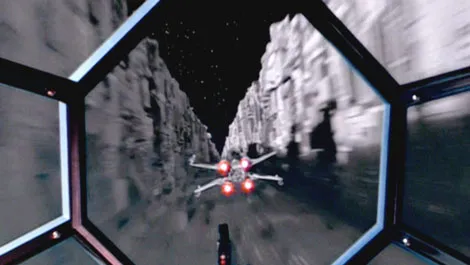
Image via GamesRadar
While Lucas eventually favored CGI, this scene shows how stunning practical effects can be.
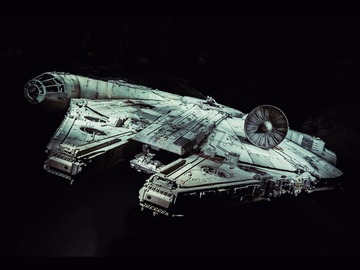
Image via Merriam-Webster by Kory Westerhold
“An American Werewolf in London” (1981): Transforming a Real Monster
“An American Werewolf in London” was one of the first movies using make-up to truly transform its actors.

Image via PremiumBeat
The scene where David transforms into a werewolf has stood the test of time.
“Scanners” (1981): The Exploding Head
The special effects team on “Scanners” filled a prosthetic dummy with liver and offal for this famous scene. Shooting a bullet to the back of the dummy’s head created the bloody explosion, which was shown in slow motion for impact.
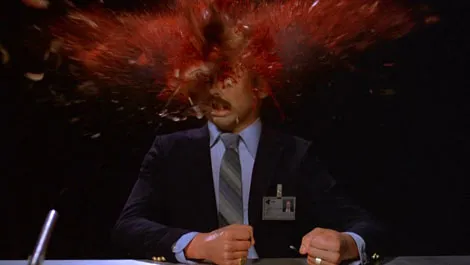
Image via GamesRadar
“The Thing” (1982): Decapitated Head Spider
John Carpenter’s “The Thing” has some of the most jaw-dropping special effects in the horror genre, even by modern standards.
The film’s 40-person FX crew worked tirelessly developing convincing monsters and props. Puppets, stop-motion animation, and real animal organs helped make this film convincing.

Image via PremiumBeat
“Return of the Jedi” (1983): Jabba the Hutt
“Return of the Jedi” also created puppets rather than relying on CGI. Jabba the Hutt is arguably the most famous and the largest, weighing more than a ton. It took three months and half a million dollars to create this impressive puppet.
“Terminator 2: Judgement Day” (1991): The Head Peel
Much of “Terminator 2” relies on CGI, but not the head peel. In this scene, Sarah Connor retrieves a microchip from the Terminator’s head. Mirrors and a model of Arnold Schwarzenegger’s head made it possible.
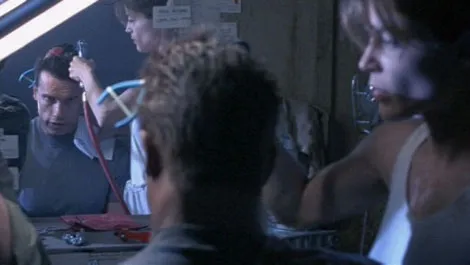
Image via GamesRadar
“Jurassic Park” (1993): Dinosaurs Come to Life
Another Spielberg effort, “Jurassic Park” used some CGI. However, three times as much dinosaur screen time features old-school practical effects. Puppetry, animatronics, and actors inside dinosaur suits all helped Spielberg bring the prehistoric monsters into the present day.
“Apollo 13” (1995): Weightlessness
Ron Howard made his team of astronauts seem weightless with a NASA KC-135 super jet. The aircraft flew the actors up and down quickly, creating the illusion of them floating in their rocket’s cabin.
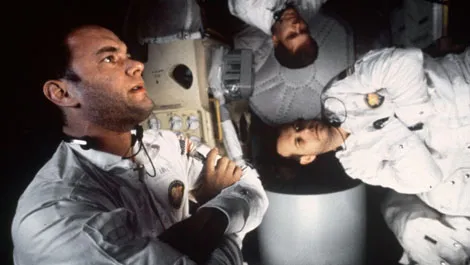
Image via GamesRadar
“Waterworld” (1995): Action Scenes Aplenty
“Waterworld” was the most expensive film ever made, yet it never delivered at the box office. It soon became a cautionary tale for any filmmakers interested in practical effects. Most decided CGI could accomplish much more at a substantially lower cost. While various elements let the film down, its practical effects are still striking.
“The Lord of the Rings Trilogy” (2001-2003): Practical Effects Make a Comeback
“The Lord of the Rings Trilogy” helped bring practical effects back into focus. Rather than using technology to create the mythical world, the crew built Hobbiton on a New Zealand farm. With its real Hobbit holes, bar, and other settings, it was a world the characters could interact with.
“Lord of the Rings” innovated with its use of “bigatures,” oversized props that helped Peter Jackson play with scale in a whole new way. The Isenguard stood 22 feet while the Tower of Orthanc measured 15 feet.
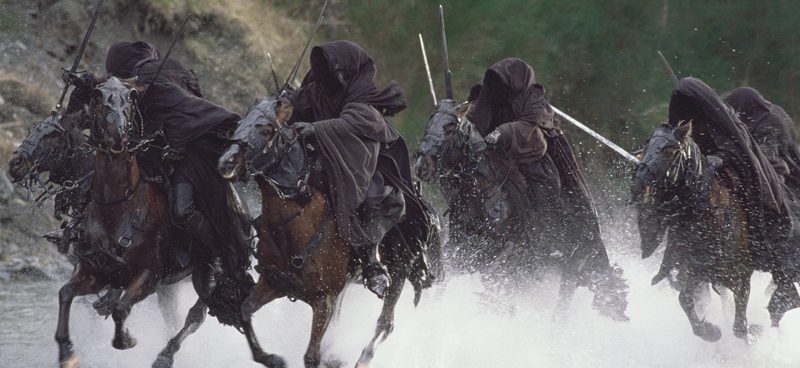
Image via New Line Cinema
“Eternal Sunshine of the Spotless Mind” (2004): Baby Joel in the Kitchen
Rather than using CGI, Michel Gondry relied on his knowledge of forced perspective in this scene. This classic theater technique uses set design and camera angles to make it seem elements are larger or smaller than they really are.
The optical illusion makes it seem Joel is a small child underneath his kitchen table. Clementine, who tries to coax Joel out, appears much larger than he does.
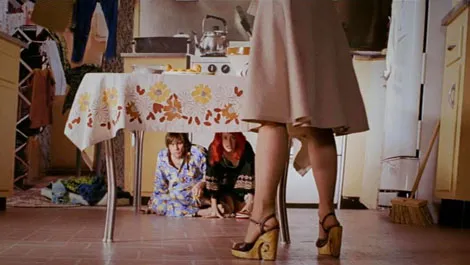
Image via GamesRadar
“The Dark Knight” (2008): Tunnel Car Chase
Christopher Nolan champions practical effects over CGI, even when critics believe they are impractical, like in this car chase. Using miniature vehicles let him capture Batman’s Tumbler colliding head-on into the trucker, without any real carnage. The 18-wheeler used in the scene was real though. Nolan achieved its spectacular flip by strapping an air piston to the undercarriage. This propelled the vehicle into the air for the breathtaking final shot.
“Inception” (2010): Parisian Street Explosion and Rotating Hallway
“Inception” is visually spectacular, but most of the film used practical effects rather than CGI. The iconic Parisian street explosion scene below is one such scene. Watch Cobb and Ariadne enjoy their coffees in a bubble of stillness as the world explodes around them.
The following video explains how this was scene used air cannons strategically placed around the scene. A motorbike and car flipping over added realism to this impressive scene.
The rotating hallway wasn’t manipulated digitally either. Instead, set designers made the 100-foot hallway on eight concentric rings. Two massive motors made the hallway turn for the scene.
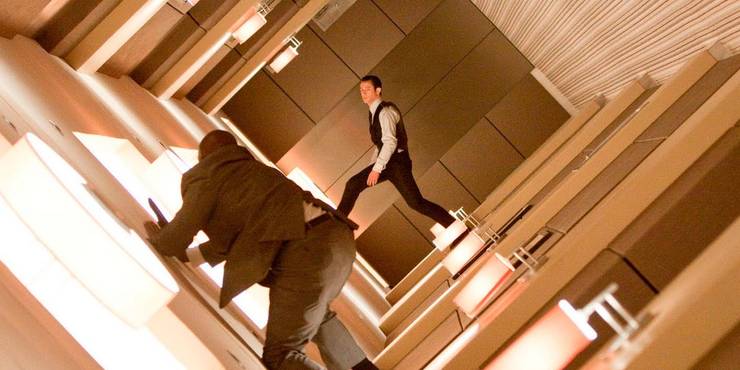
Image via ScreenRant
“127 Hours” (2010): Arm Amputation
Not for the faint-hearted, this intense scene in “127 Hours” shows Aaron Ralfston amputating his own arm to escape from the boulder he’s pinned underneath.
Rather than using CGI, director Danny Boyle used a fake arm and blood. The elements aren’t real, but the extreme viewer reactions were!
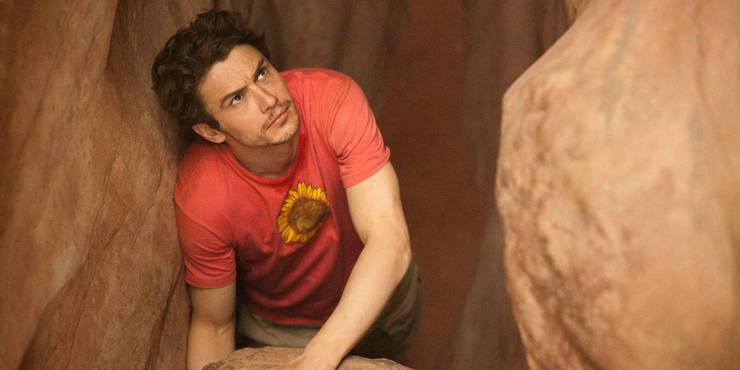
Image via ScreenRant
“Beasts of the Southern Wild” (2012): The Aurochs
The mythical Aurochs of “Beasts of the Southern Wild” were enormous porcine creatures. However, in reality, they were humble Vietnamese pot-bellied pigs.
Small furry sweaters and prop horns helped transform the film’s trained pigs into massive beasts. Filming the pigs up close made them appear larger. They were then composited with footage of little Hushpuppy.
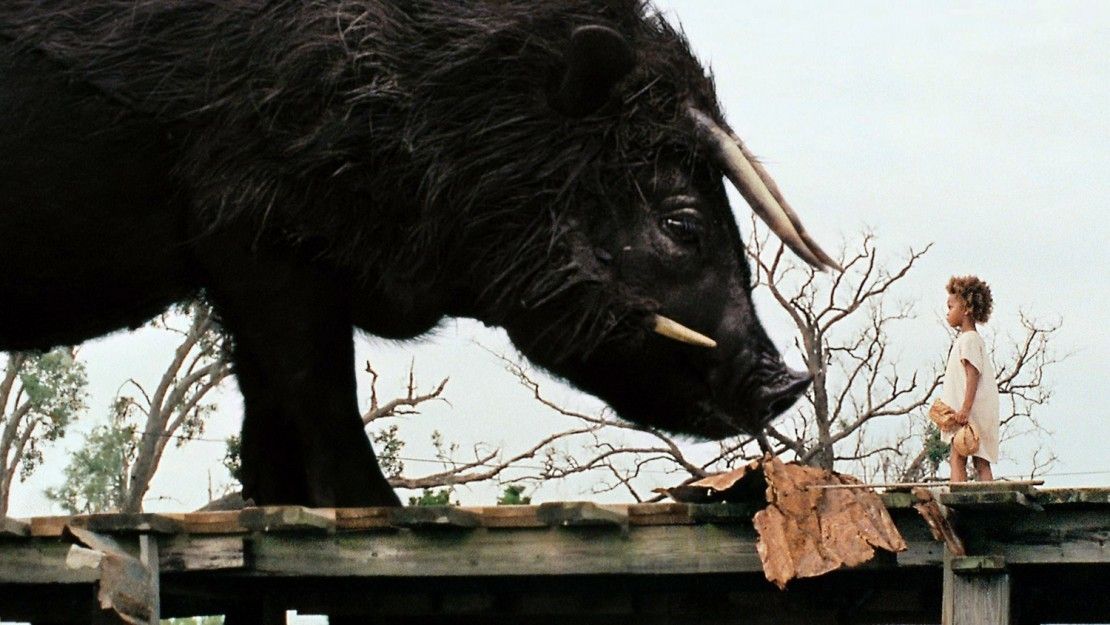
Image via No Film School
“Edge of Tomorrow” (2014): Exo Suits
CGI dominates “Edge of Tomorrow,” but the exo suits are a great example of practical effects. It took more than five months to create the production’s 70 hard exo suits and 50 soft ones.
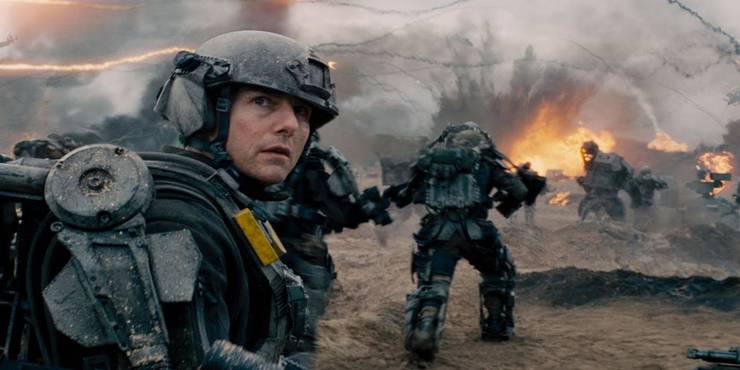
Image via ScreenRant
“The Force Awakens” (2015): Droids and Creatures Come to Life
The original Star Wars trilogy innovated with its use of practical effects. The newer films, including “The Force Awakens,” continued the tradition.
Prosthetics and make-up, rather than CGI, transformed actors. Real-life droids moved around the sets rather than being created digitally. The inclusion of practical effects makes this film feel nostalgic for generations of “Star Wars” fans.
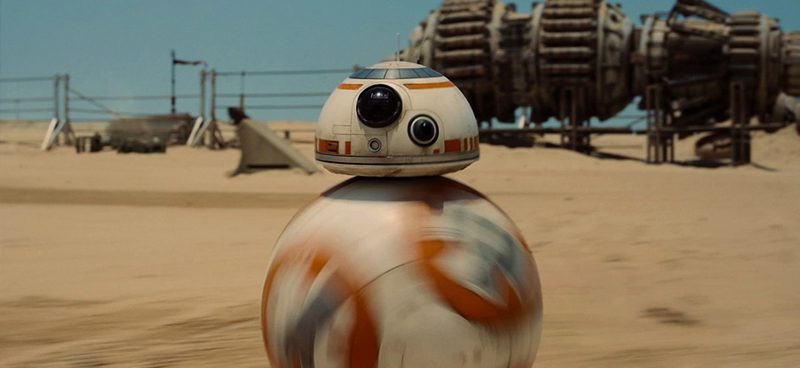
Image via Lucasfilms
“Mad Max: Fury Road” (2015): The Action of the Wasteland
While CGI refined its visuals, “Mad Max: Fury Road” predominantly relied on practical effects.
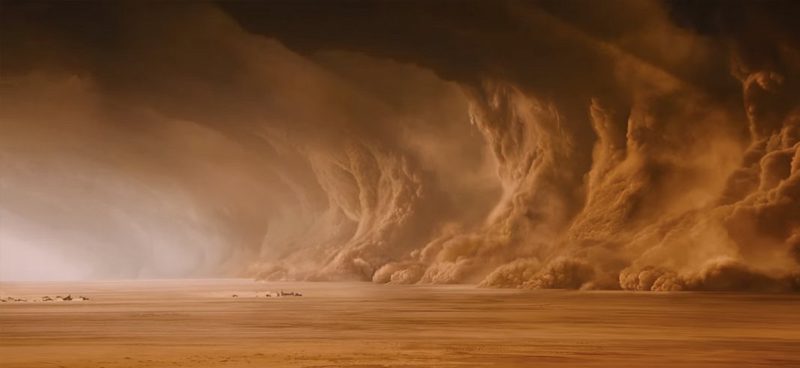
Image via Warner Brothers Pictures
From start to finish, the film is a visual feast. Its stunts were done organically, and Namibia provided the perfect desert landscape.
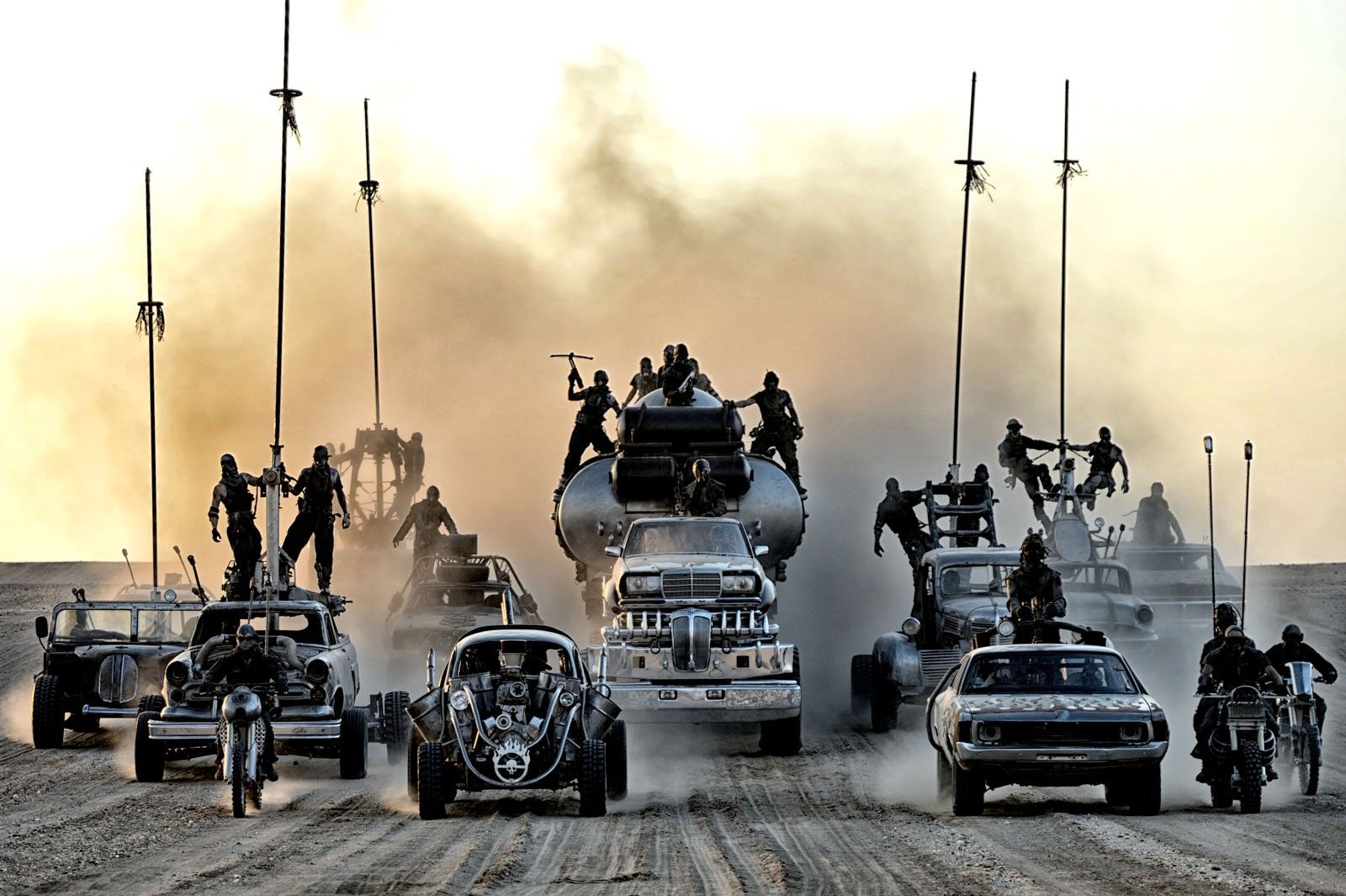
Image via No Film School
The crew’s commitment to old-school action helped it claim six technical Academy Awards in 2016.
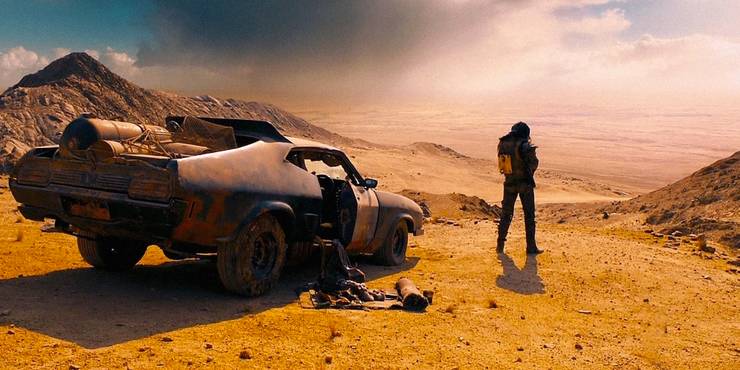
Image via ScreenRant
“The Martian” (2015): Mars and Its Potatoes
Rather than digitally creating Mars, Ridley Scott took his production to the barren landscape of Wadi Rum, Jordan. Waiting for plants to grow takes time, but Scott took no shortcuts with the potatoes. The film crew planted spuds at different times, ensuring the potatoes were at different growth stages.
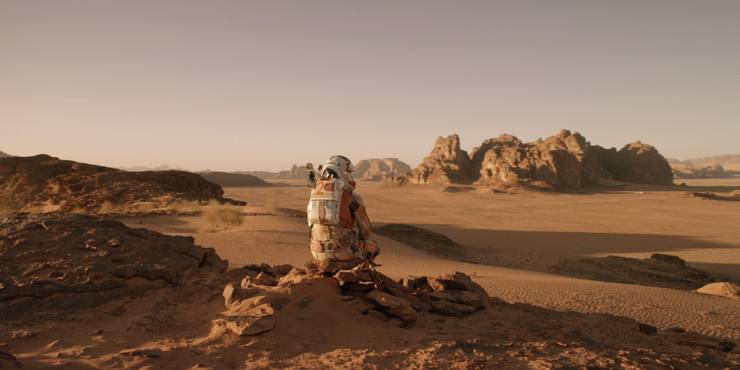
Image via ScreenRant
“Dunkirk” (2017): The Reality of War
The practical effects in “Dunkirk” helped viewers feel they were in the middle of a battle zone. Realistic model planes and ships made the war scenes come to life. Many of the tiny aircraft had second cockpits for in-flight shooting.
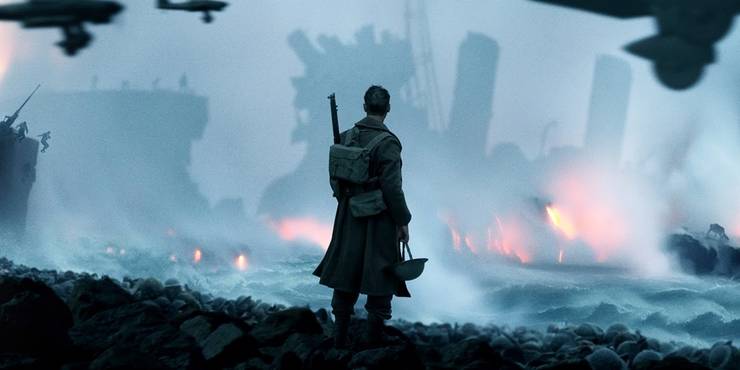
Image via ScreenRant
” Blade Runner 2049″ (2017): Modern Cities Go Sci-Fi
Another 2017 spectacular, “Blade Runner 2049” transformed the world we know into a neo-noir, sci-fi universe. A miniature version of Los Angeles, complete with LAPD headquarters and Wallace Tower, stood in for the real City of Angels.
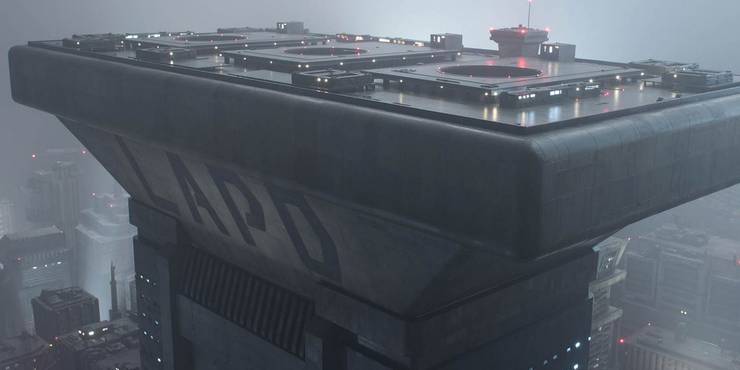
Image via ScreenRant
As you can see from our real-life examples, practical effects can make your films more engaging and visually spectacular. If you’re interested in learning more about practical effects, apply to Nashville Film Institute to gain professional qualifications as a filmmaker.
